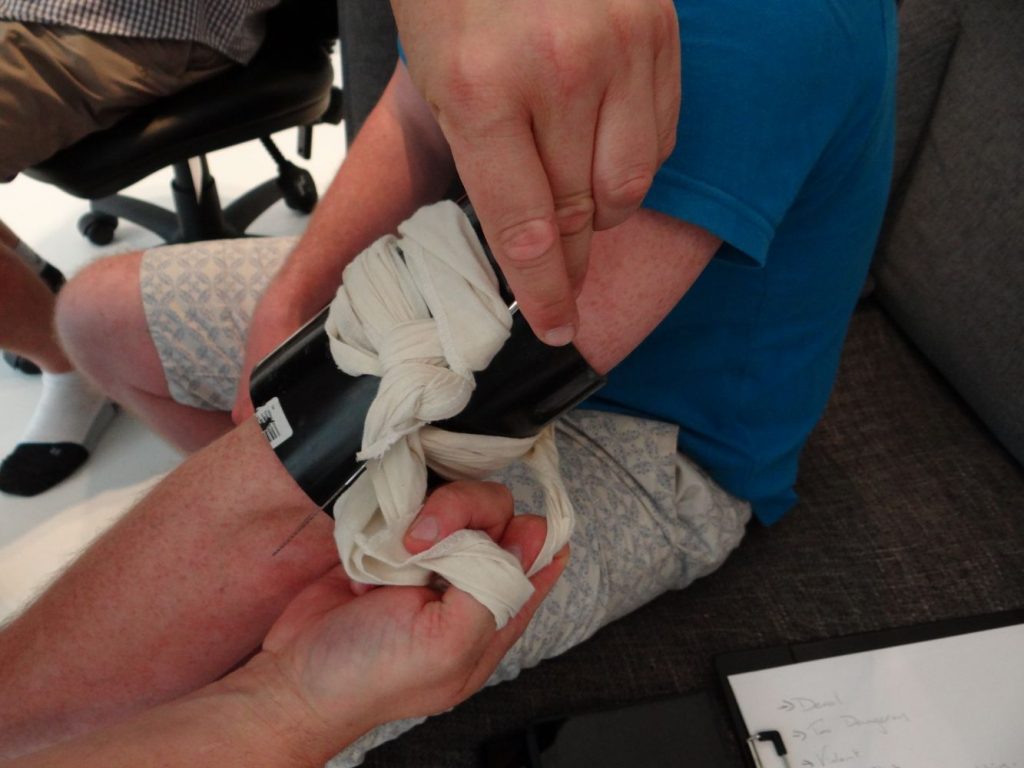Socks can do much more than cushion our feet and keep blisters at bay. Packing an extra pair or two in our backpacks and bug out bags can provide us with a number of benefits in a survival situation. Here are a few examples of how you can put an extra sock to work for you when other resources may not be available.
Increase Traction
Slips and falls represent some of the leading causes of injuries in the field, and even the best footwear can’t protect us from the occasional misstep. Additionally, challenging terrain can contribute to fatigue and strain as we try and compensate in order to find our footing or keep our balance. One brilliant way get some additional traction and make it easier to walk is by pulling a sock over our footwear. This works particularly well when you can use a nice, thick wool or athletic sock.
Improvised Weapon
The next time you’re looking for a simple weapon for defense or hunting, consider stuffing a sock full of rocks before tying it off with a length of cordage. This improvised nunchuck may not be perfect, but it can be effective under the right conditions. You can also use it as a way to break through glass, thin ice or to smash random items open without needing a hammer or other blunt object.
Wound Care
A sock can be used as a wound dressing, padding or to help control bleeding. You can also use the material to improvise a tourniquet in a pinch. Try to keep an extra, clean sock handy just in case, but dirty socks can be used in first aid applications that don’t involve coming into direct contact with the skin. Think along the lines of straps for slings, material to hold splints together or as a way to hold ice for a makeshift cold pack.
Carrier
Socks can be ideal for carrying small items, especially when bags tear or containers break. Just stuff it up before tying it to your belt or backpack and you’re good to go. You can also use it to hold items and help to keep things organized once you’ve set up camp as well.
Anchors
If you’re struggling to keep items from being blown around, or you’re having trouble with guylines or tethers coming loose, stuff a sock with some rocks, sand or snow, and use it as an anchor. For the best results, stick the sock about a foot into the ground before covering it up with dirt, rocks or snow.
Warmth
Not only do socks make for great hand-warmers when gloves get wet, but they are also ideal for holding warm rocks or a small container of hot water that can be placed at the foot of your sleeping bag. You can also use a sock as a sponge to absorb warm water that can be placed against the skin as well.
Water
While the idea of using a sock to absorb or filter water may seem disgusting, it can be an efficient way to get the job done. Just remember that the sock will remove large particles and help to make water clearer, but you will need to boil or treat the water in order to make it safe to drink.
These are just a few examples that illustrate how you can put extra socks to work for you during a survival situation. Take some time to think of some other ideas, and you’ll quickly discover that the lowly sock can be worth its weight in gold in the field.
